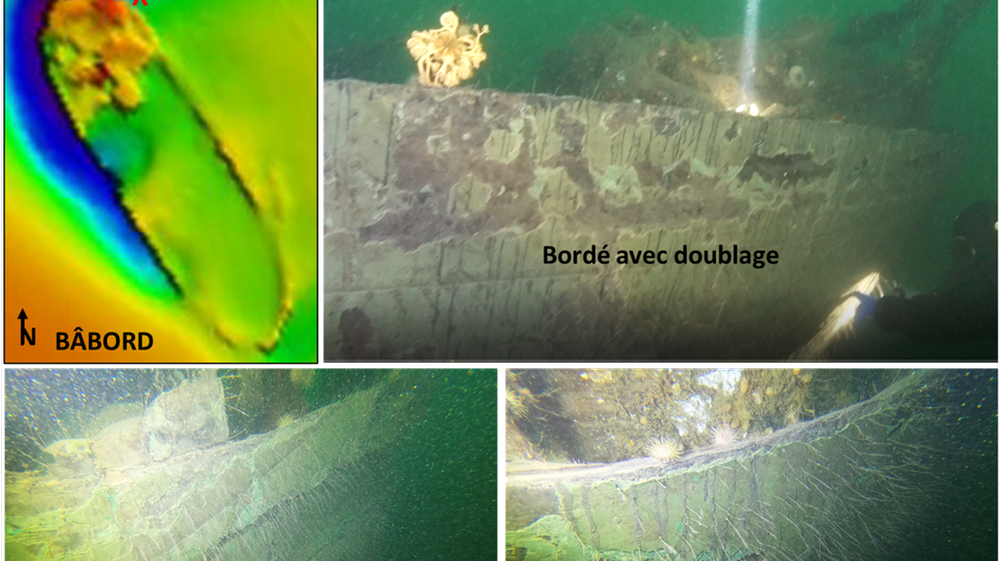It will soon be possible to visit the wreck of the merchant ship Scottish Bic swallowed, in virtual reality.
A project by the Center for Development and Research in Digital Intelligence (CDRIN) and the Institute for Research in Maritime History and Underwater Archeology (IRHMAS) aims to use artificial intelligence to reconstruct parts of the wreck in 3D images.
The project will be the subject of a future exhibition at the Maritime Museum of Quebec located in L’Islet-sur-Mer. It will be an immersive experience as visitors, equipped with a helmet, can put themselves in the shoes of a diver-archaeologist and discover the wreck by entering and moving inside. They will note the many artefacts found in the remains, such as barrels and plates. They will be able to learn about the history ScottishClick the icons to get more details about the different items, and see what the ship looked like before it sank.
The exhibition will be the first in Quebec. “What’s new is to really enter with an immersive experience,” explains underwater archaeologist Vincent Delmas.
Underwater search
Photographs were taken during a dive at the wreck site, then CDRIN specialists reconstructed the ship’s external elements using 3D modeling.
A second round of underwater research will be conducted to collect more information, photos and videos.
“It takes several thousand photos and a continuous video shoot. The more photos, the more continuous videos, the better we can reconstruct them, to master them.”
Vincent Delmas, underwater archaeologist at IRHMAS
CDRI
The Scottish ship, built in 1834, was discovered off the Peak District in 2002, then identified in 2015. “It is a good witness to navigation, of all ships that used the St. Lawrence River as a highway before rail and road,” says the master. Delmas. It is quite emblematic of what trade used to be between Quebec, Canada and Europe. It is often ships of this nature, made of wood with a copper hood, that cross the Atlantic.”
On the night of November 20-21, 1846, a Scottish He was leaving from Quebec towards Liverpool and faced a storm. Researchers believe that he would have tended the reefs at Peak, and then tried to reach Saint Barnaby Island without success. Eight of the nine crew members died in the sinking. “Only one person managed to survive and reach, as we imagine in a canoe, to the island of Saint Barnaby before he was rescued.”
The next dive is scheduled for August and the 3D images will be edited, reconstructed, and improved in the fall. The project should see the light of day in 2022.

“Certified gamer. Problem solver. Internet enthusiast. Twitter scholar. Infuriatingly humble alcohol geek. Tv guru.”





